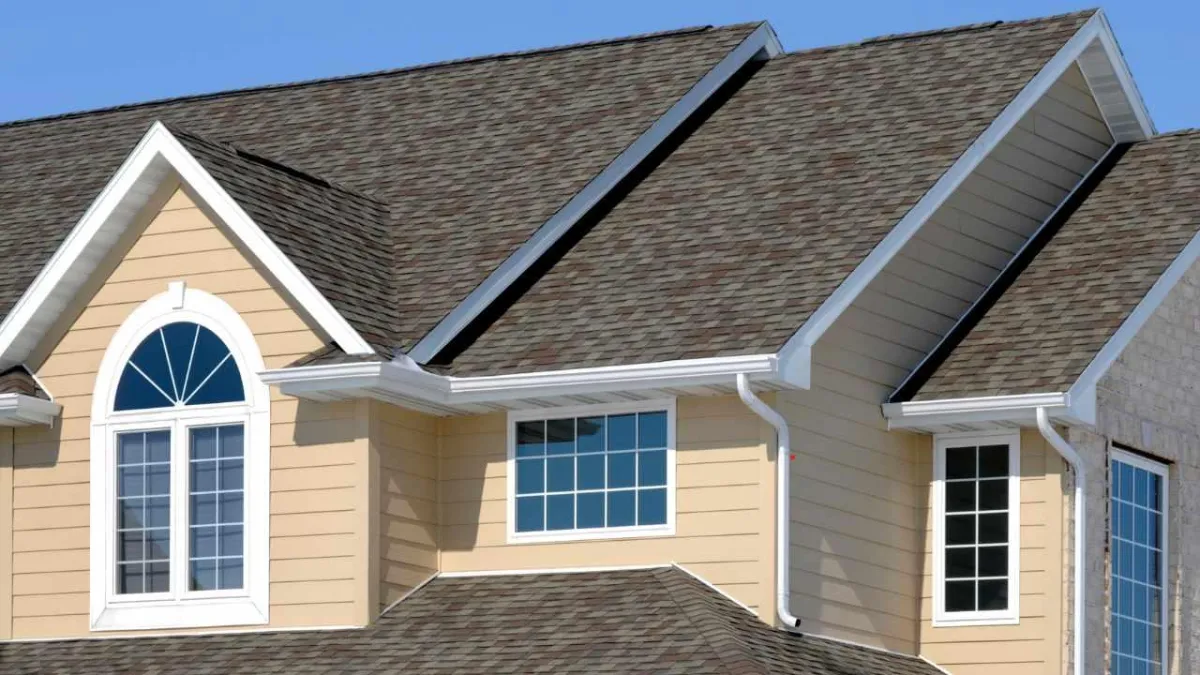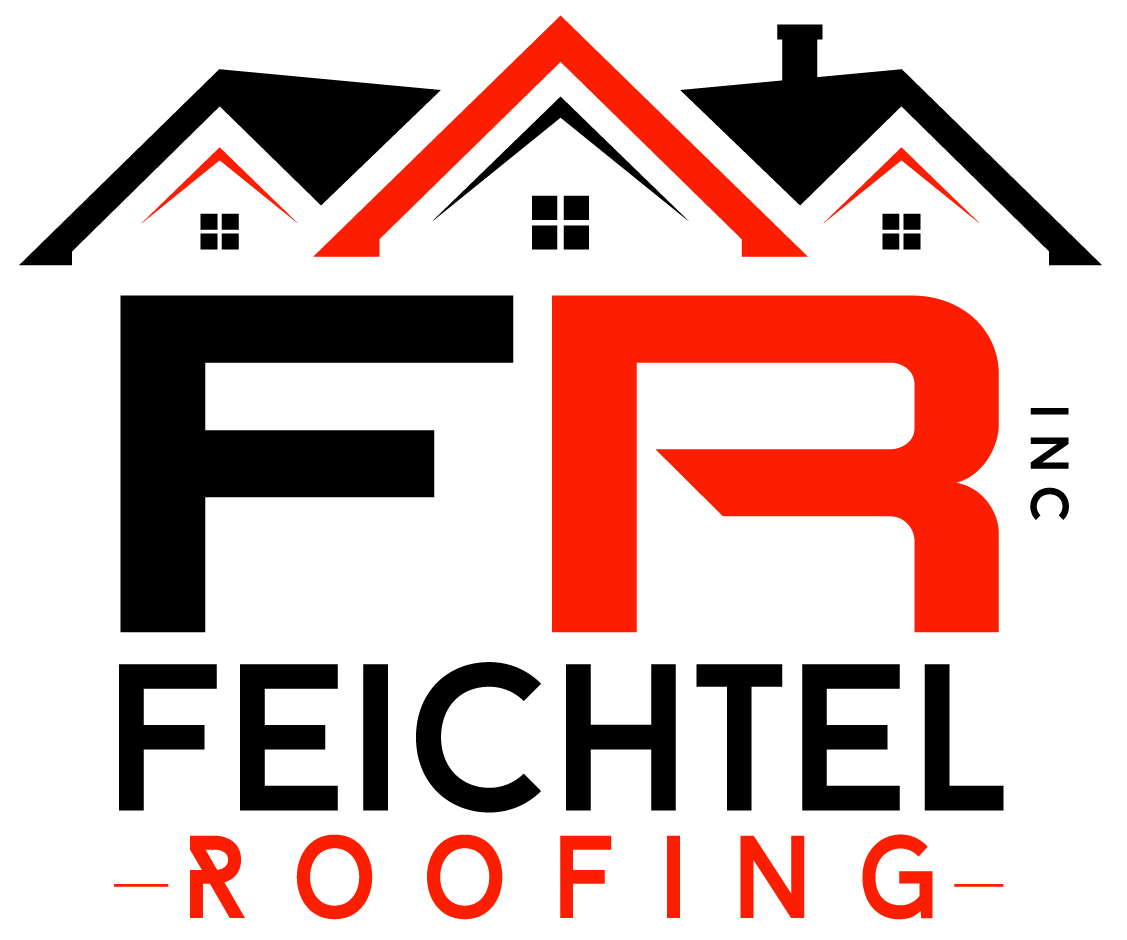
Pros and Cons of the Most Popular Roofing Materials
Choosing the right roofing material isn’t just about style—it’s a decision that can affect your home’s durability, energy efficiency, and long-term costs. Whether you're building from scratch or tackling a much-needed roof replacement, understanding your options is key.
In this post, we’ll break down the pros and cons of the most popular roofing materials. From budget-friendly asphalt to high-end slate, we’ll help you weigh your choices so you can feel confident moving forward.
1. Asphalt Shingles: America’s Favorite
Asphalt shingles are the go-to for most homeowners in the U.S.—and for good reason.
Pros:
Affordable and widely available
Easy to install and replace
A variety of colors and styles
Cons:
Shorter lifespan (typically 15-30 years)
Susceptible to high winds and extreme heat
Not environmentally friendly due to petroleum base
Bottom Line: If you’re looking for an economical solution and don’t mind replacing it in a couple of decades, asphalt is a solid choice.
2. Metal Roofing: Durable and Energy-Efficient
Metal roofs are making waves in both residential and commercial spaces thanks to their strength and sleek modern look.
Pros:
Lasts 40–70 years with minimal maintenance
Reflects solar heat, lowering cooling costs
Fire-resistant and recyclable
Cons:
Higher upfront cost
Can be noisy during rain or hailstorms
Requires proper installation to prevent leaks
Bottom Line: A great option if you're in it for the long haul and want to boost your home’s energy efficiency.
3. Clay and Concrete Tiles: Timeless but Heavy
These tiles offer a beautiful, Mediterranean look and perform well in hot climates.
Pros:
Excellent longevity (50+ years)
Resistant to fire and insects
Great insulation properties
Cons:
Expensive and heavy—may require structural reinforcement
Can crack under impact
Difficult to install and repair
Bottom Line: Ideal for style-conscious homeowners in warm climates who are ready to invest in durability.
4. Slate Roofing: The Luxury Choice
If you want a roof that turns heads and lasts a lifetime, slate might be your match.
Pros:
Extremely durable (can last over 100 years)
Natural, high-end appearance
Fire-resistant and eco-friendly
Cons:
One of the most expensive roofing materials
Very heavy—requires expert installation
Repairs can be difficult due to material uniqueness
Bottom Line: Slate is a premium pick, perfect for those who want top-tier aesthetics and longevity.
5. Synthetic Roofing: Modern and Versatile
Made from recycled materials like rubber and plastics, synthetic shingles mimic the look of other roofing types without the same weight or cost.
Pros:
Lightweight and easy to install
Often more affordable than natural materials
Available in many styles and colors
Cons:
Quality can vary widely
May not be as durable as traditional materials
Still a relatively new option with less historical performance data
Bottom Line: A budget-conscious choice with plenty of design flexibility—just make sure you choose a reputable brand.
Quick Case Study: Commercial Roof Replacement in Action
A local business in Lakeland recently needed a commercial roof replacement after a series of severe storms. They contacted Feichtel Roofing of Lakeland, known as the best roofing contractor Lakeland FL locals trust. The client opted for a durable metal roofing system, prioritizing long-term performance and energy efficiency. The result? Lower cooling bills, a sleek modern look, and peace of mind—without shutting down operations for more than a day.
Final Thoughts
Your roof is more than just shingles and tiles, it’s your home’s first line of defense. Choosing the right material depends on your budget, climate, and how long you plan to stay in your home. Whether you’re after aesthetics, longevity, or affordability, there's a roofing material that fits.
Need expert advice? Reach out to a trusted local roofing pro who knows your climate and can walk you through the options tailored to your home’s needs.

